Southwark’s new hidden pavilion is ahead of the curve
We visit the recently completed Southwark Park Pavilion in South London, a small structure that punches well above its weight, courtesy of Bell Phillips Architects
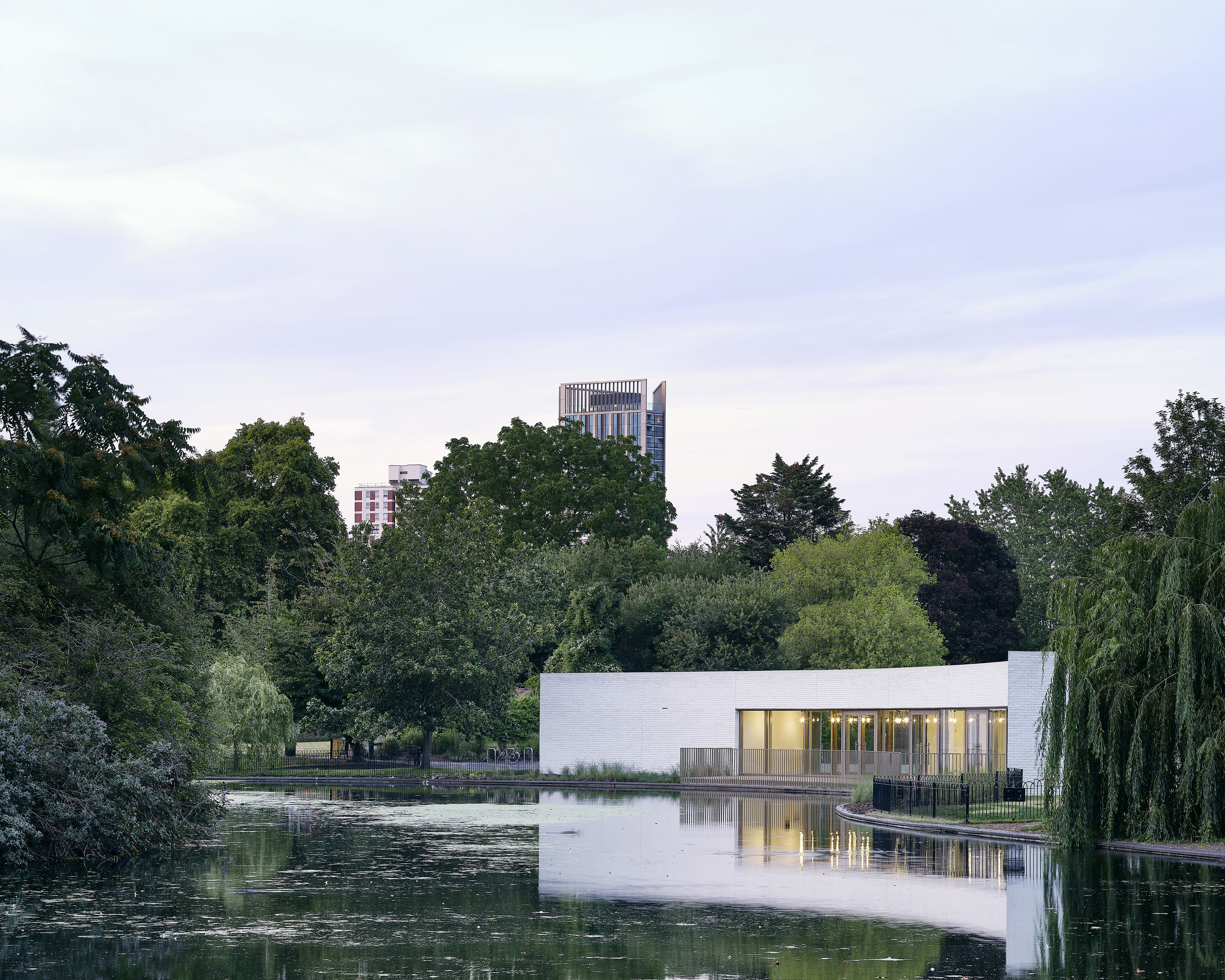
It’s the mark of a good piece of architecture when the building in question, despite being new, feels like it’s always been there. Southwark Park Pavilion, the latest addition to the 151-year-old park in South East London is doing just that.
Designed by Bell Philips Architects (BPA), the pavilion opened to the public last week as part of a soft launch (the official opening is in February). Yet despite the overcast and chilly January climate, the pavilion is already busy with parents, prams and puppies making the most of the new local café.
Its immediate success is no doubt down to its location: a modest, single storey structure, the pavilion wraps around the park’s lake with a sweeping curved façade, which includes a generous amount of glazing and an open area to facilitate views over the water. It’s not the most romantic of landscapes by any stretch — there’s an empty, shelled out tower looming over the park — but for this pocket of South East London, it’s a welcome gesture that maximizes all that’s around it.
This is no accident, of course. The pavilion is part of a wider masterplan from Kinnear Landscape Architects and it serves as an anchor and threshold for numerous aspects of the park: a refurbished play area to the north, open parkland to the south and most importantly the lake to the west.
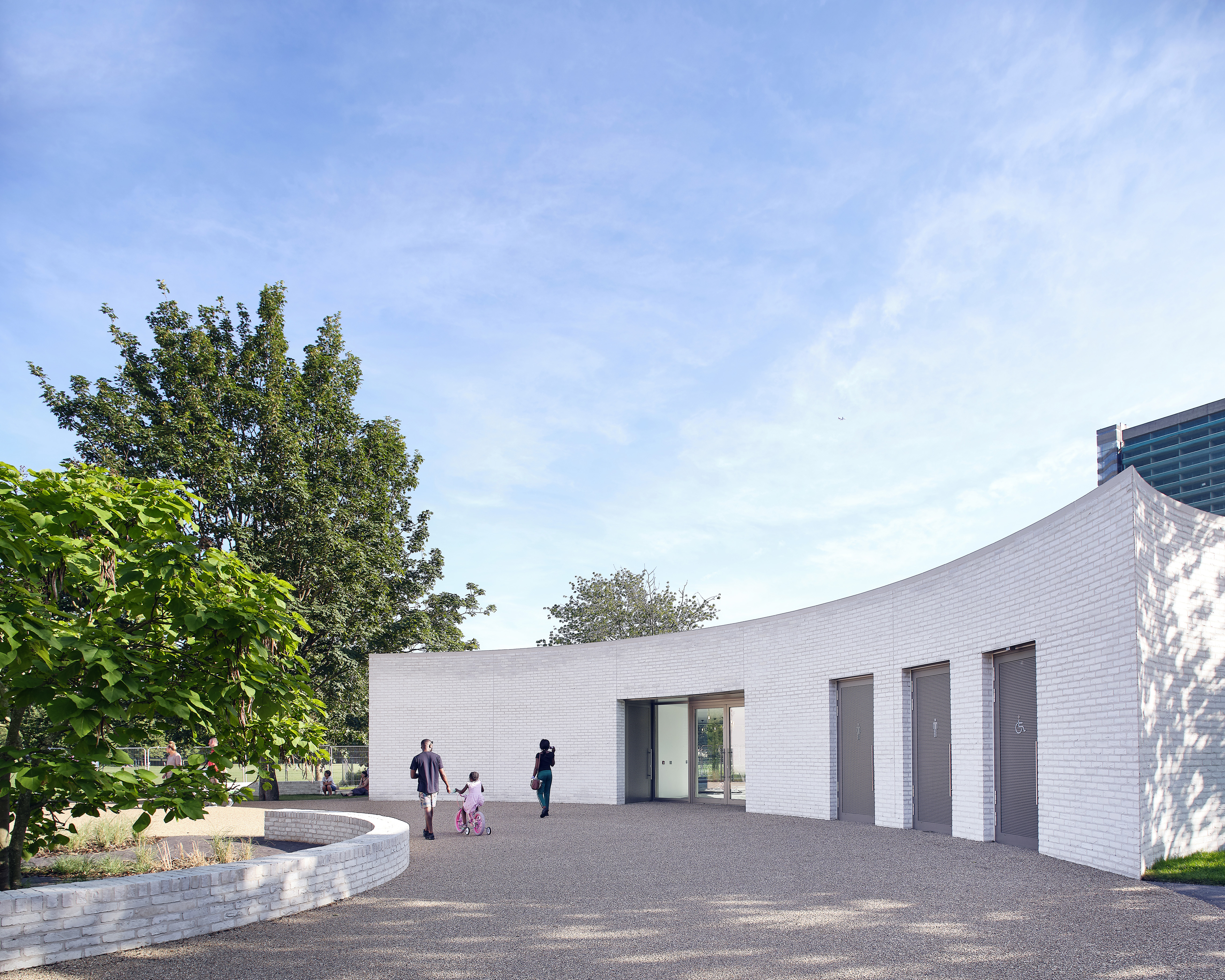
Clad in brick with a protective white cementitious coating, the pavilion is easily spotted among the greenery and, while only being just over four metres high, is naturally the park’s focal point. Along with being seen, the pavilion can be seen through, too. Glazing on the south side and another opening to the east ensures transparency, with sightlines onto the lake being prioritised. ‘We wanted to make an intervention that enhanced the park and connected it with the lake. The lake, up until now, was sort of forgotten,' says Hari Phillips, director and founder at BPA.
Wander around Southwark Park Pavilion looking for a straight wall, however, and you’ll be hard pressed to find one; all six external walls are curved. According to Phillips, the pavilion’s concave form emerged in response to the meandering pathways and sinuous landscape it’s surrounded by. As well as the lake, the building lies adjacent to the former Southwark Park Oval cricket pitch, once home to Surrey Cricket Club before it moved to the Oval in Kennington. ‘We started out with a volume and nibbled out circular geometries, then pulled the pavilion into shape around the lake,' adds Phillips.
At 285 sq m, the pavilion also hosts park offices, toilets and offers bin storage facilities alongside the cafe. These less sexy parts are neatly tucked away into the corners of the building, while photovoltaic panels and the building’s mechanical and engineering services, have been hidden on the roof, allowing the café and the lake view it boasts to be the pavilion’s main attraction.
As a result, the pavilion is more about what’s around it than itself. This isn’t a flashy, attention demanding building, far from it, and Southwark Park is all the better for it too. Rather than attempting to shout louder than the landscape it inhabits, the pavilion gracefully unites its surroundings and provides a welcome set of park amenities in the process.
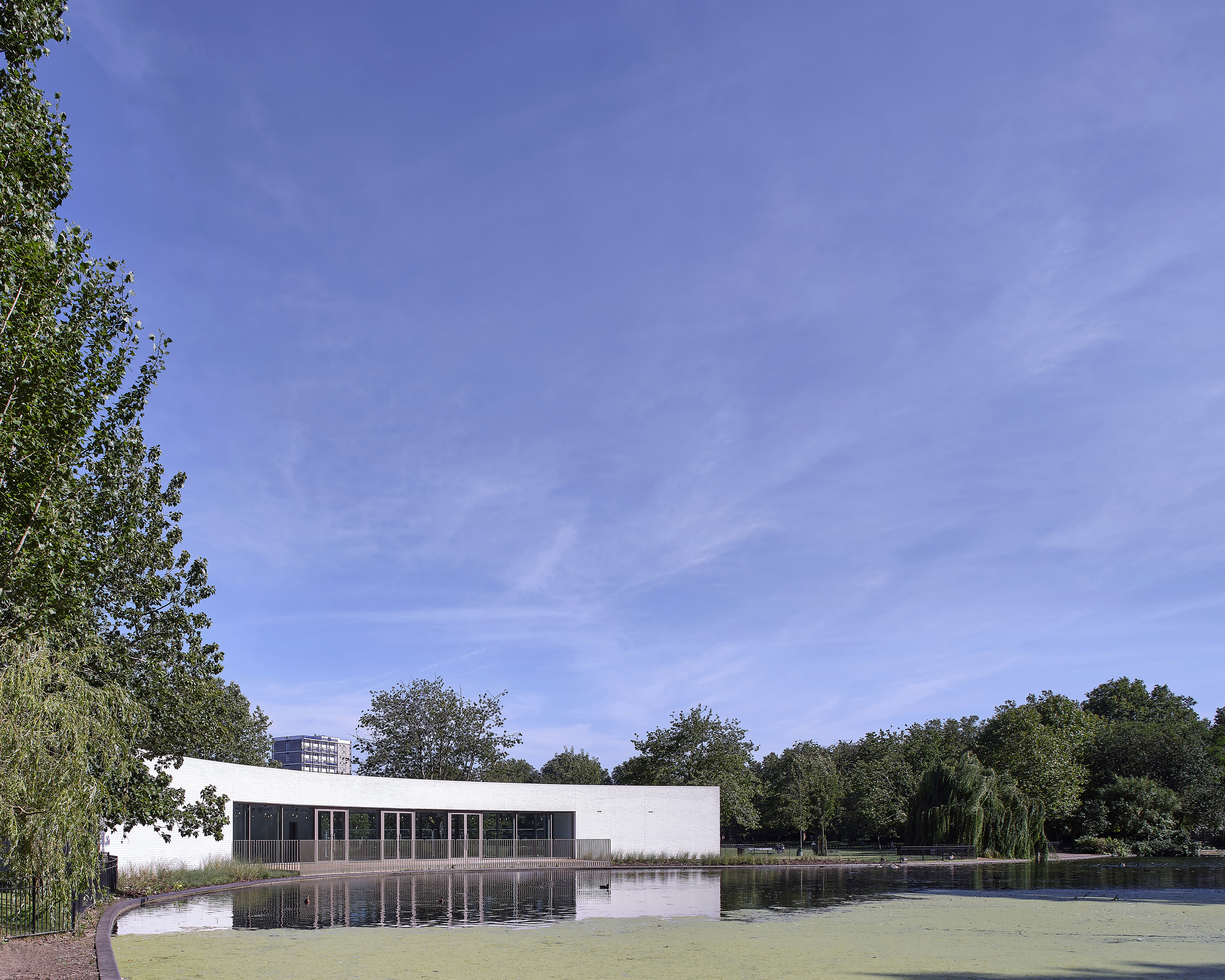
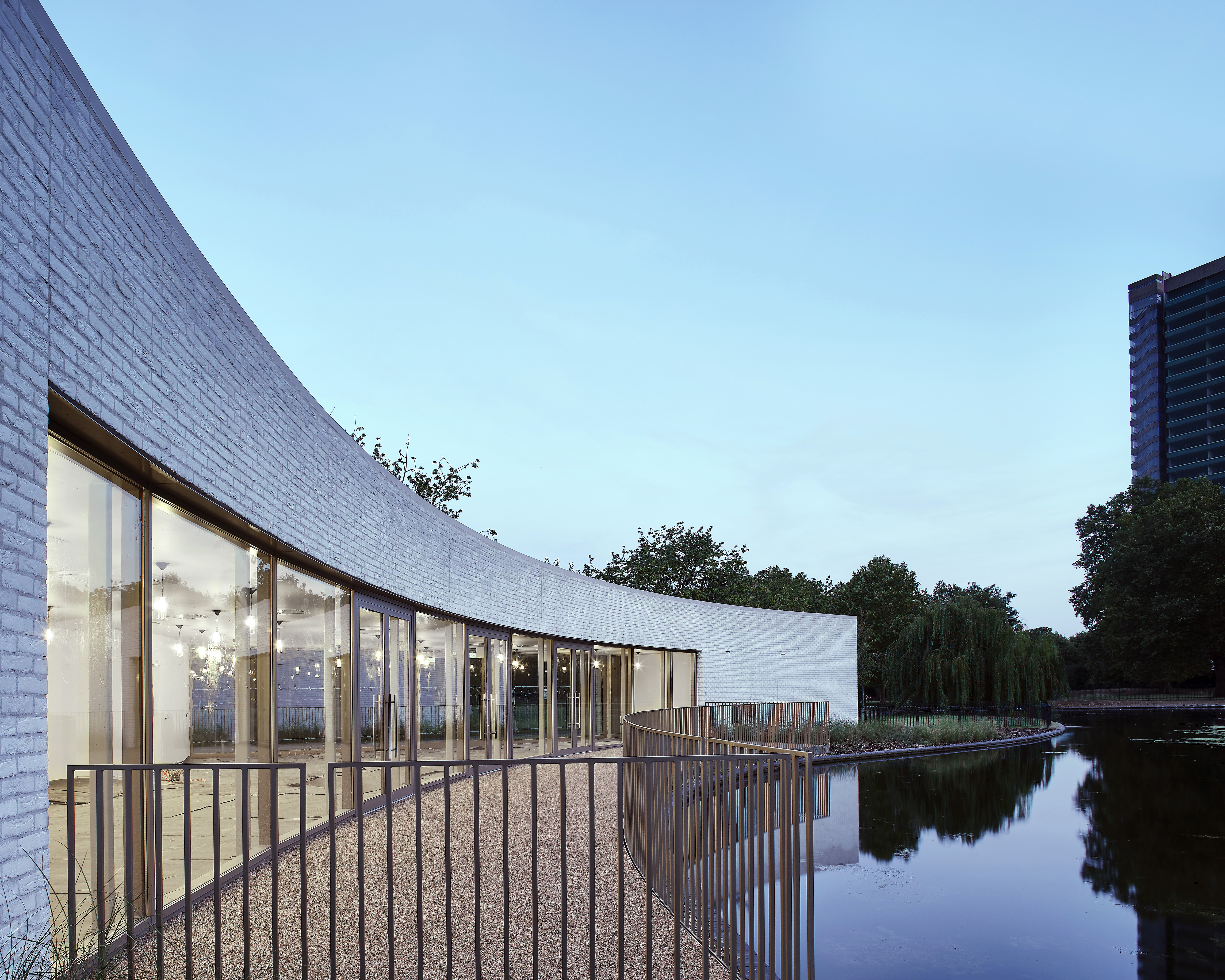
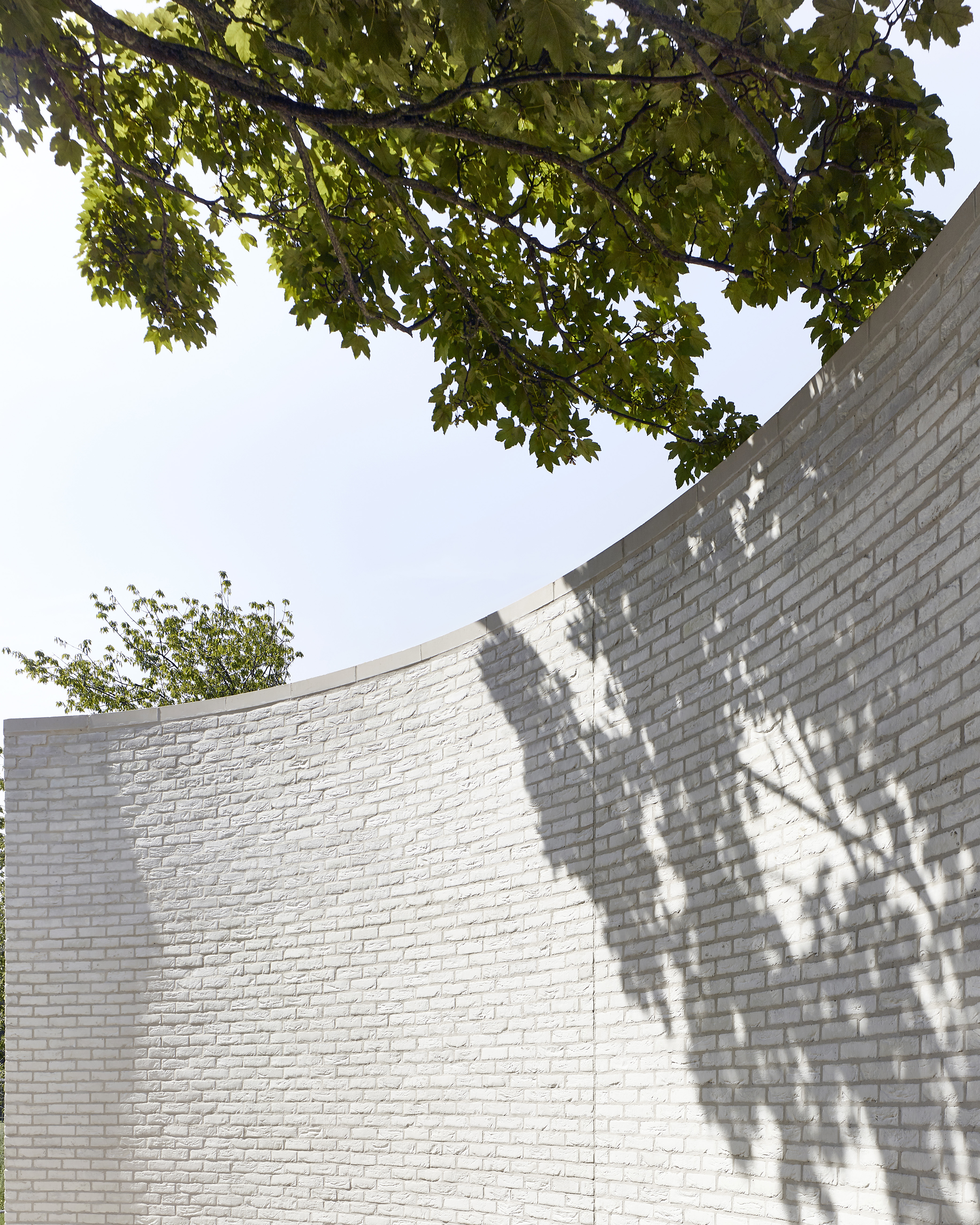
INFORMATION
Receive our daily digest of inspiration, escapism and design stories from around the world direct to your inbox.
-
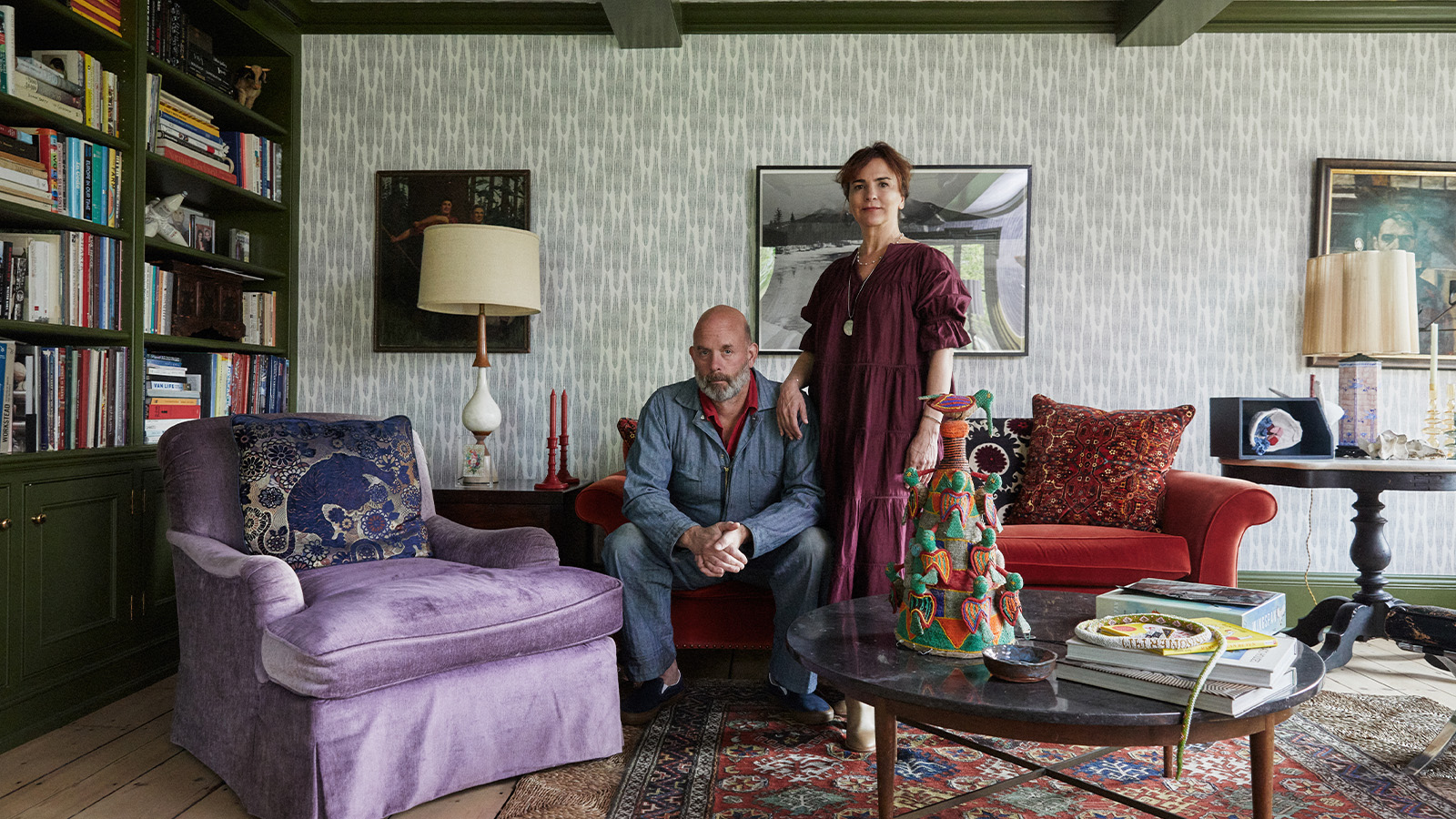 How We Host: Interior designer Heide Hendricks shows us how to throw the ultimate farmhouse fête
How We Host: Interior designer Heide Hendricks shows us how to throw the ultimate farmhouse fêteThe designer, one half of the American design firm Hendricks Churchill, delves into the art of entertaining – from pasta to playlists
-
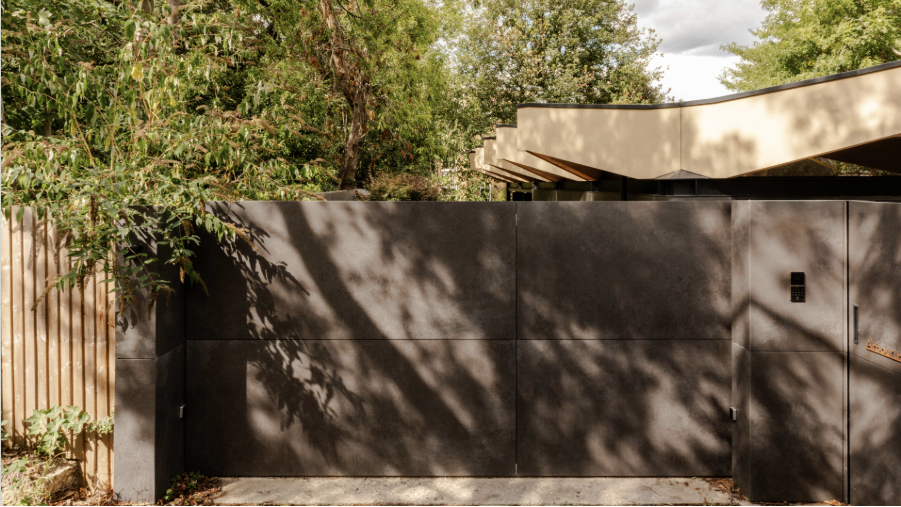 Arbour House is a north London home that lies low but punches high
Arbour House is a north London home that lies low but punches highArbour House by Andrei Saltykov is a low-lying Crouch End home with a striking roof structure that sets it apart
-
 25 of the best beauty launches of 2025, from transformative skincare to offbeat scents
25 of the best beauty launches of 2025, from transformative skincare to offbeat scentsWallpaper* beauty editor Mary Cleary selects her beauty highlights of the year, spanning skincare, fragrance, hair and body care, make-up and wellness
-
 Arbour House is a north London home that lies low but punches high
Arbour House is a north London home that lies low but punches highArbour House by Andrei Saltykov is a low-lying Crouch End home with a striking roof structure that sets it apart
-
 A former agricultural building is transformed into a minimal rural home by Bindloss Dawes
A former agricultural building is transformed into a minimal rural home by Bindloss DawesZero-carbon design meets adaptive re-use in the Tractor Shed, a stripped-back house in a country village by Somerset architects Bindloss Dawes
-
 RIBA House of the Year 2025 is a ‘rare mixture of sensitivity and boldness’
RIBA House of the Year 2025 is a ‘rare mixture of sensitivity and boldness’Topping the list of seven shortlisted homes, Izat Arundell’s Hebridean self-build – named Caochan na Creige – is announced as the RIBA House of the Year 2025
-
 In addition to brutalist buildings, Alison Smithson designed some of the most creative Christmas cards we've seen
In addition to brutalist buildings, Alison Smithson designed some of the most creative Christmas cards we've seenThe architect’s collection of season’s greetings is on show at the Roca London Gallery, just in time for the holidays
-
 In South Wales, a remote coastal farmhouse flaunts its modern revamp, primed for hosting
In South Wales, a remote coastal farmhouse flaunts its modern revamp, primed for hostingA farmhouse perched on the Gower Peninsula, Delfyd Farm reveals its ground-floor refresh by architecture studio Rural Office, which created a cosy home with breathtaking views
-
 A revived public space in Aberdeen is named Scotland’s building of the year
A revived public space in Aberdeen is named Scotland’s building of the yearAberdeen's Union Terrace Gardens by Stallan-Brand Architecture + Design and LDA Design wins the 2025 Andrew Doolan Best Building in Scotland Award
-
 The Architecture Edit: Wallpaper’s houses of the month
The Architecture Edit: Wallpaper’s houses of the monthFrom wineries-turned-music studios to fire-resistant holiday homes, these are the properties that have most impressed the Wallpaper* editors this month
-
 A refreshed 1950s apartment in East London allows for moments of discovery
A refreshed 1950s apartment in East London allows for moments of discoveryWith this 1950s apartment redesign, London-based architects Studio Naama wanted to create a residence which reflects the fun and individual nature of the clients